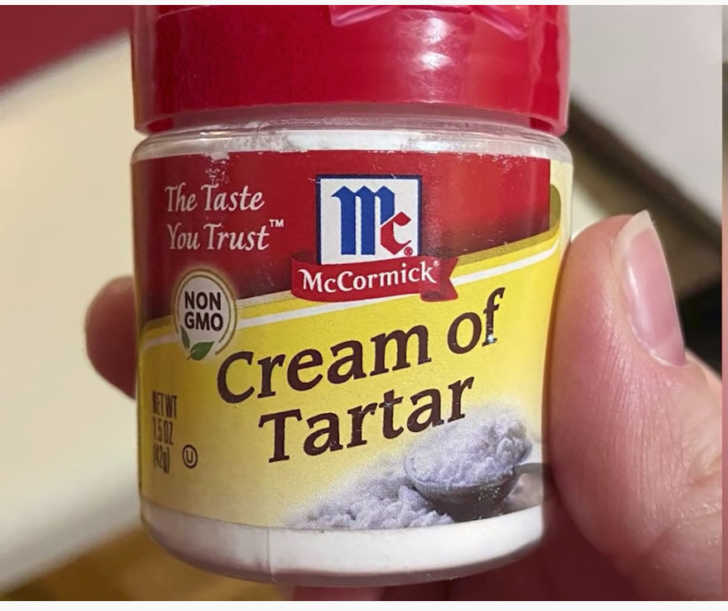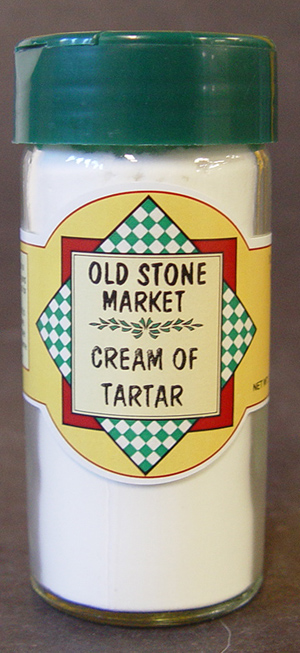


In addition to helping to leaven baked goods, cream of tartar is used as a stabilizing agent and is added to beaten egg whites to increase their stability and volume.

This is very similar to the reaction produced by baking powder in most recipes. Although it is an acid, the cream of tartar and the baking soda will not react when dry, so the entire reaction is saved for the mixing bowl and the oven. It is an acid and it is often used as a major component in baking powder, combined with baking soda to react when the mixture is moistened to ensure that baked goods will rise well. Tartaric acid has been used in winemaking for centuries (when separated from grapes and purified, it is a white powder that is similar to cream of tartar) and cream of tartar has been around just as long, put to use by creative cooks in a variety of culinary applications. It helps to help control the pH of fermenting grape juice (wine) and that also acts as a preservative for the wine. It comes from tartaric acid, a naturally occurring substance in grapes and some other tart fruits that in the principle acid in winemaking. It is a byproduct of the winemaking process as the powder forms inside wine barrels during fermentation. Cream of tartar, more technically known as potassium hydrogen tartrate, is a fine white powder with many culinary applications.


 0 kommentar(er)
0 kommentar(er)
